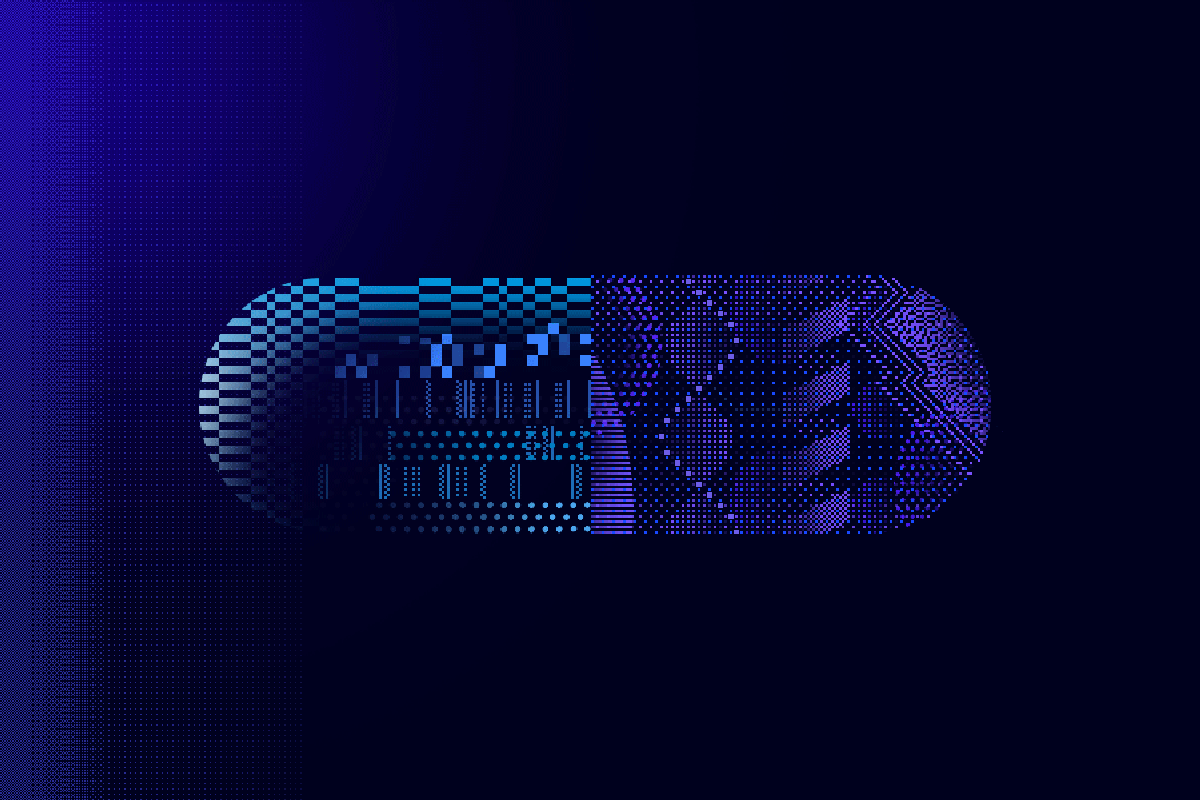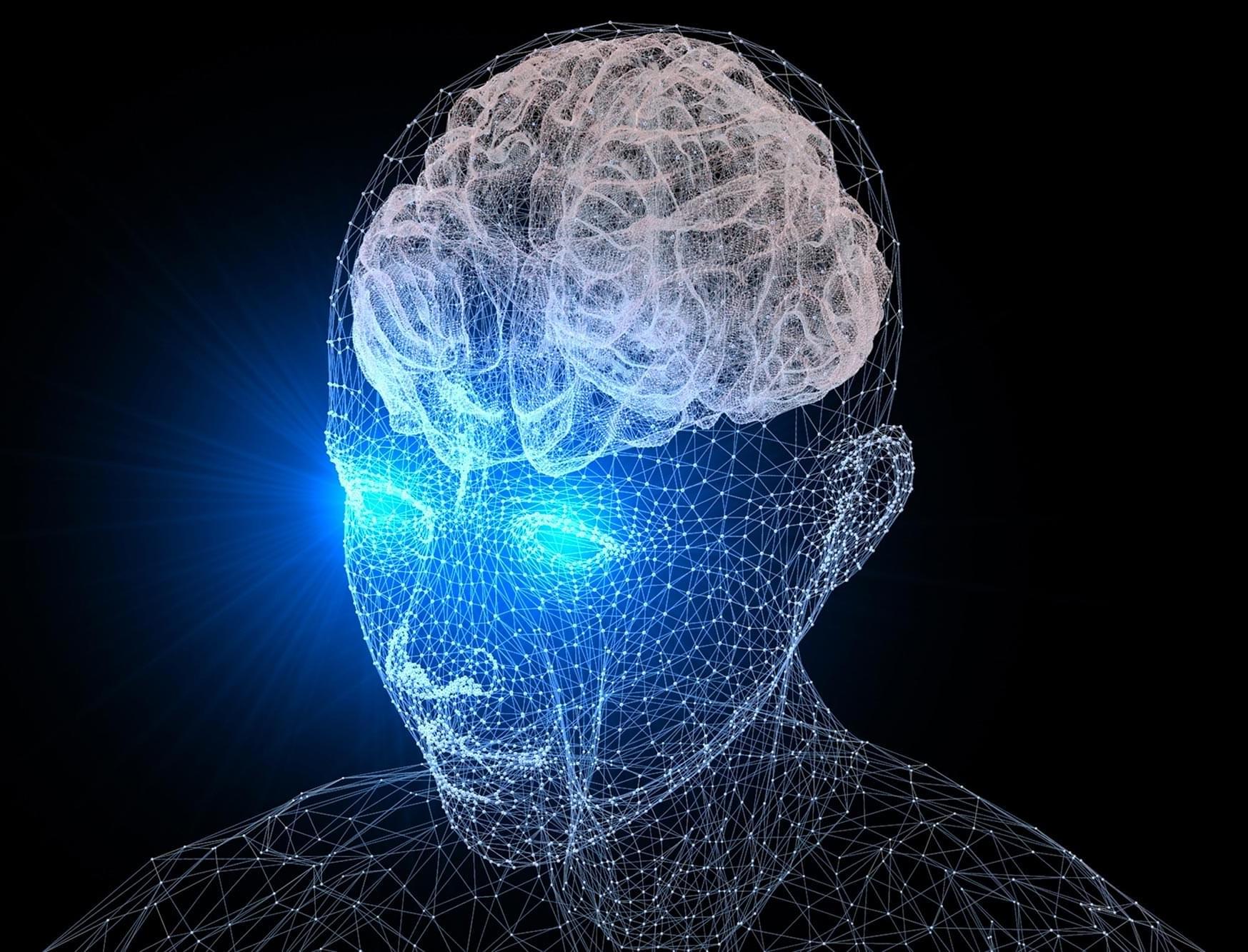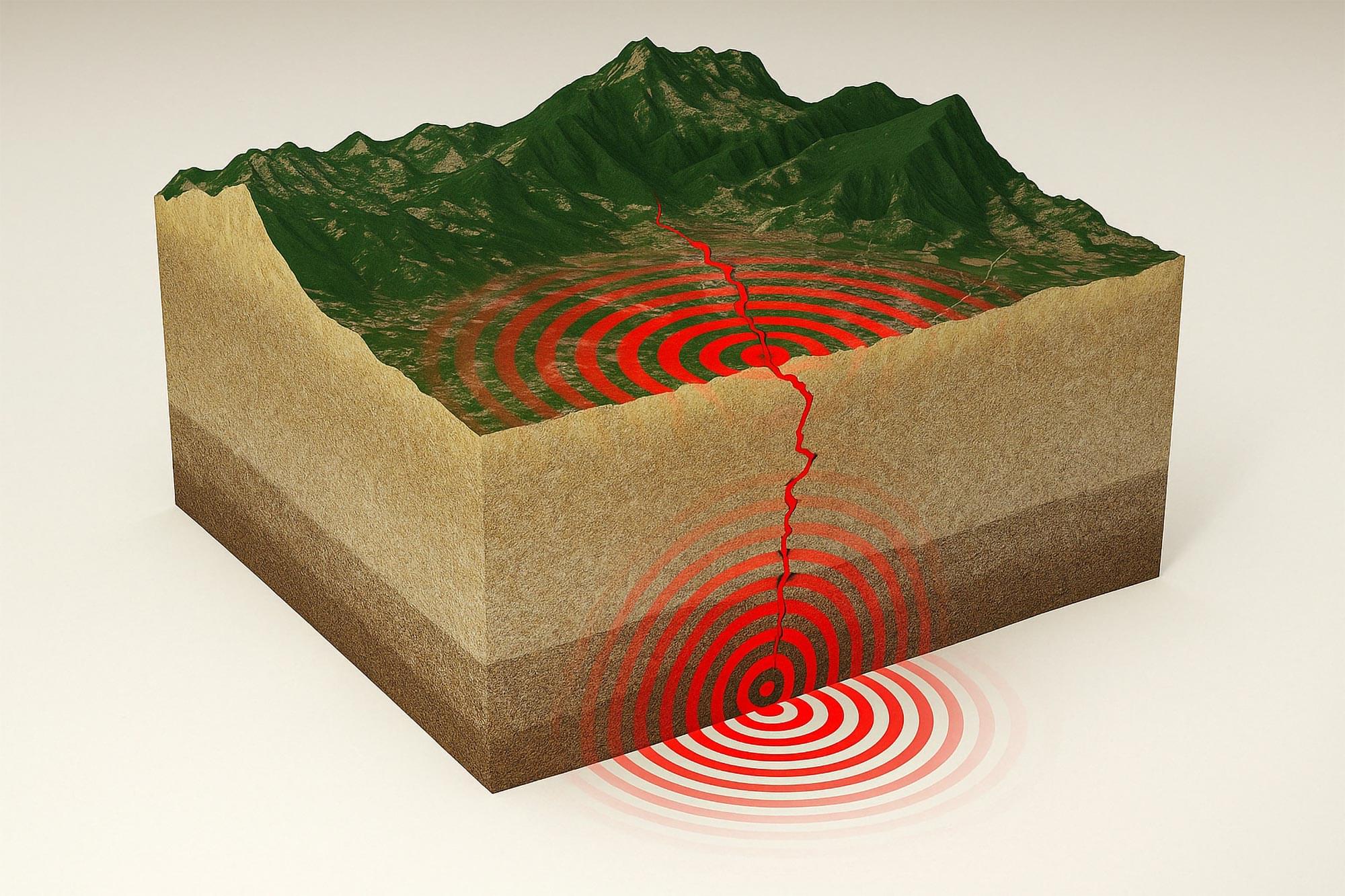New insights on genomes and phenomes are laying the groundwork for prevention and personalized care



As of October 2024, 3,000 patients had used Piction’s clinic. So far, it is available in Connecticut, Florida, Massachusetts, New Hampshire and Washington. The service is covered by several major insurance companies, or patients can pay $119 out-of-pocket for each consultation.
Eleni Linos, a professor of dermatology and epidemiology who directs the Stanford Center for Digital Health, and who has no connection with Piction, says: “I’m really optimistic about how this technology can help patients get the best care they can get, while at the same time helping doctors.” — Esther Landhuis.



NASA’s Lucy mission is about to fly past asteroid Donaldjohanson, a strange, elongated rock in the main belt. While this three-mile-wide object isn’t one of Lucy’s primary targets, the April 20 flyby serves as a full dress rehearsal before the spacecraft heads toward the Trojan asteroids near Jup

The human brain can learn to filter out distracting or disruptive stimuli, such as a bright roadside billboard or a flashing online banner, through repeated exposure. Researchers from Leipzig University and Vrije Universiteit Amsterdam have demonstrated this effect using electroencephalography (EEG), showing that early visual processing in the brain changes with experience. Their findings were recently published in The Journal of Neuroscience.
Distractions tend to become easier to ignore after repeated encounters. This process, known as learned suppression, plays a key role in the visual system and complements our ability to consciously direct attention. In a series of EEG experiments with 24 participants of all genders, the researchers examined how learning affects attention to highly noticeable distractions, particularly when such distractions consistently appear in the same location.
GOES-19 has taken over as NOAA’s primary geostationary eye in the Western Hemisphere, joining GOES‑18 to deliver unprecedented detail on global weather. It tracks hurricanes, atmospheric rivers, wildfires and more with high‑resolution imagery and lightning mapping. Its CCOR‑1 coronagraph keeps wa

